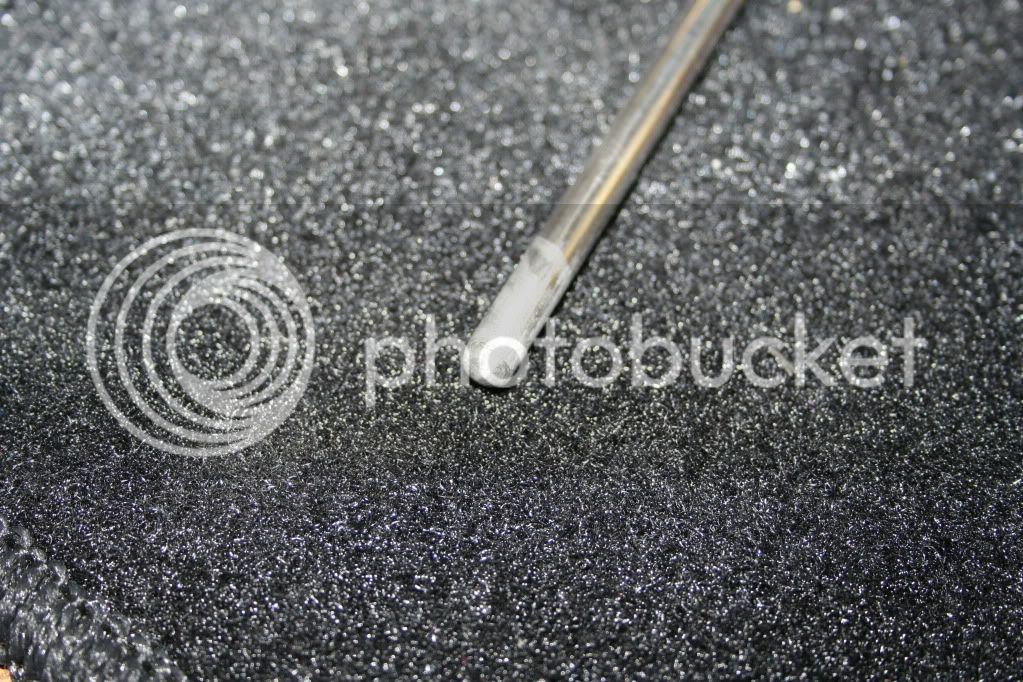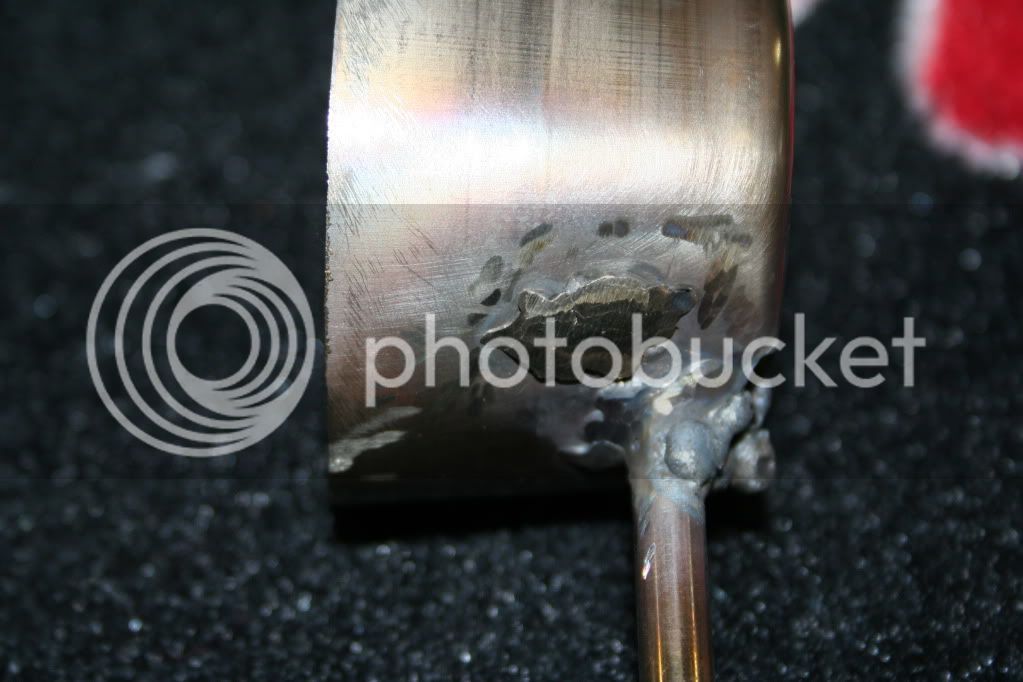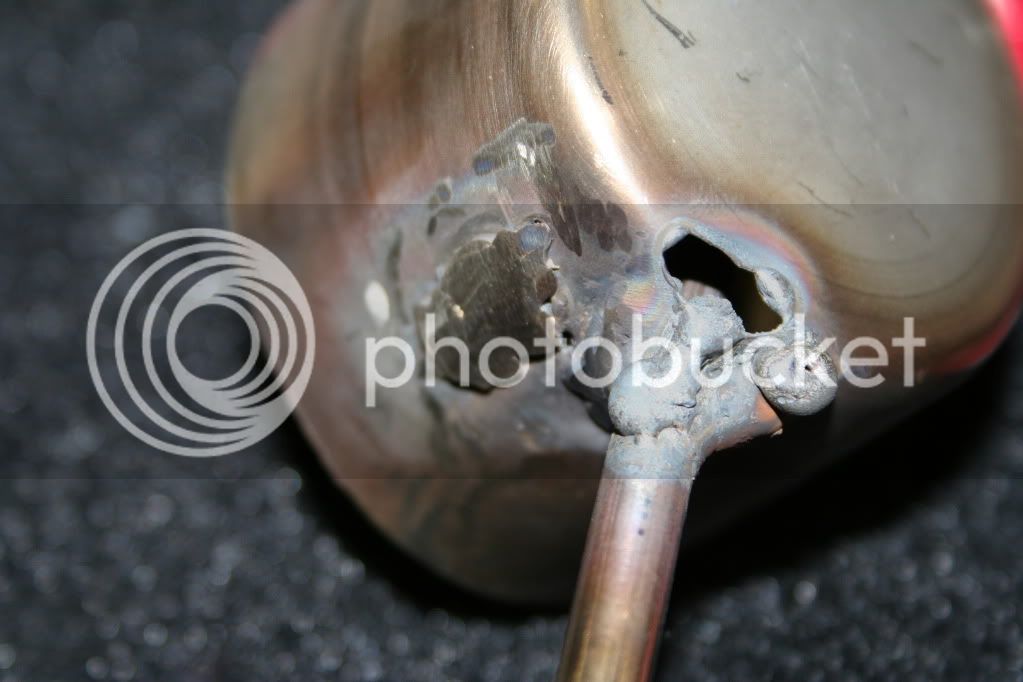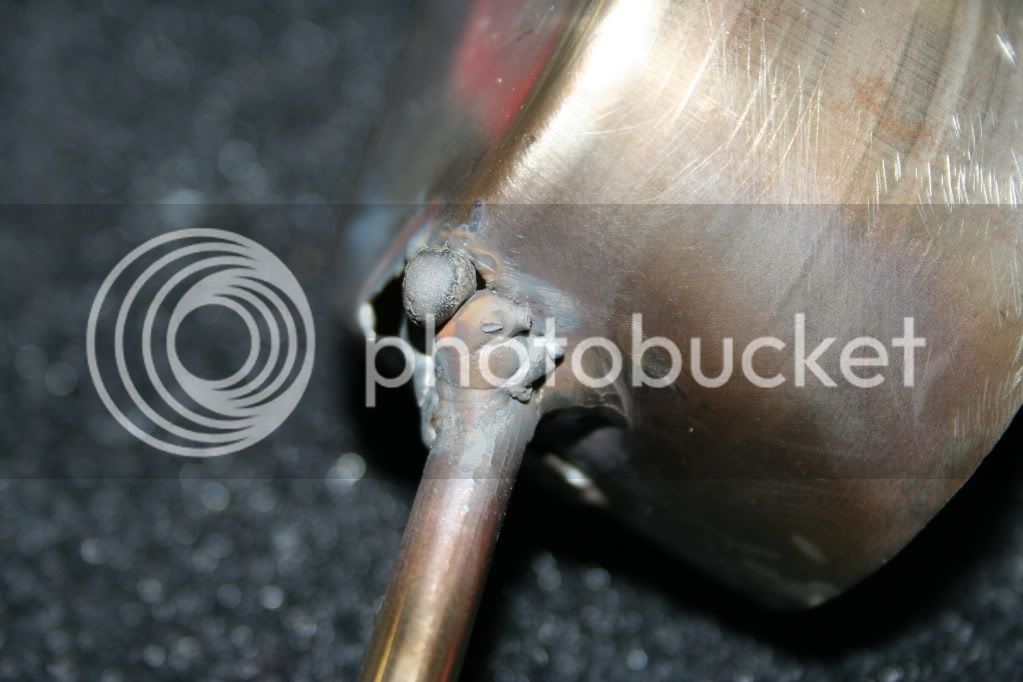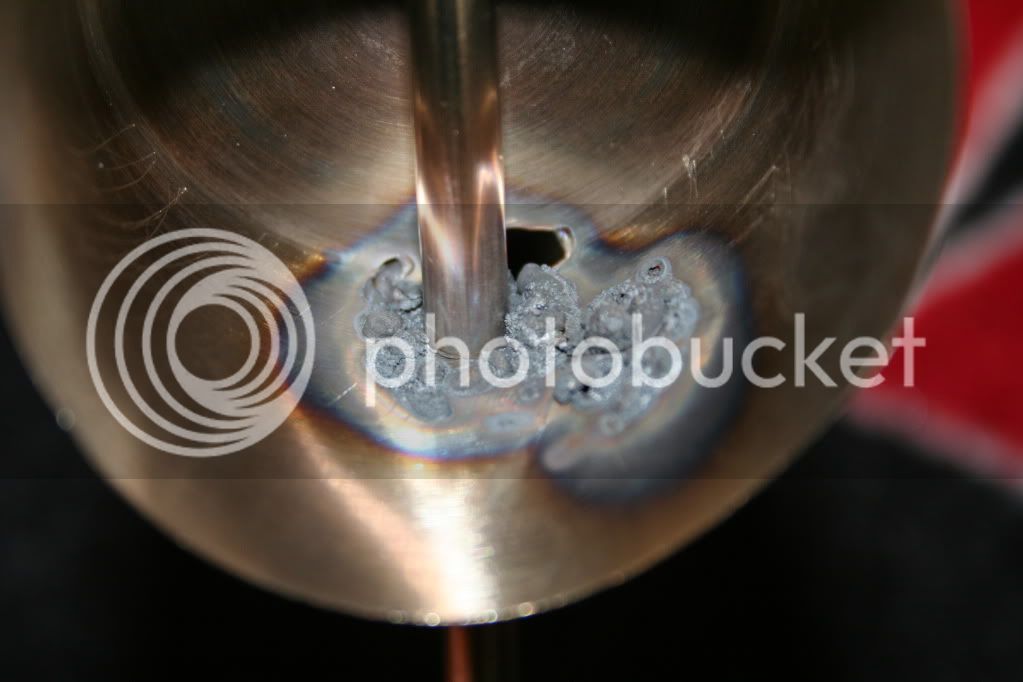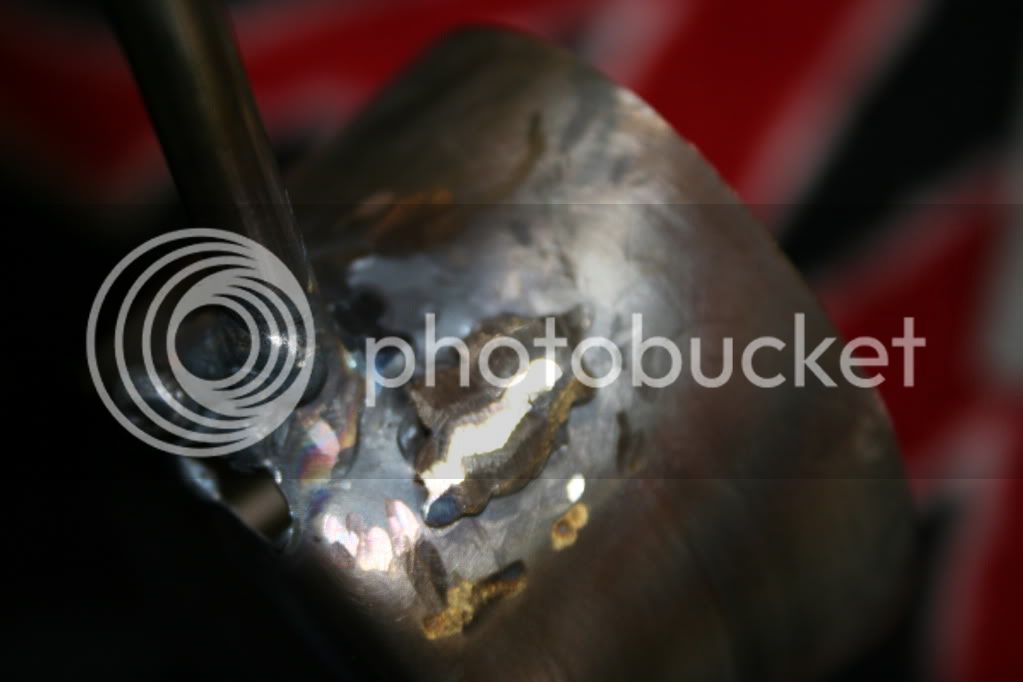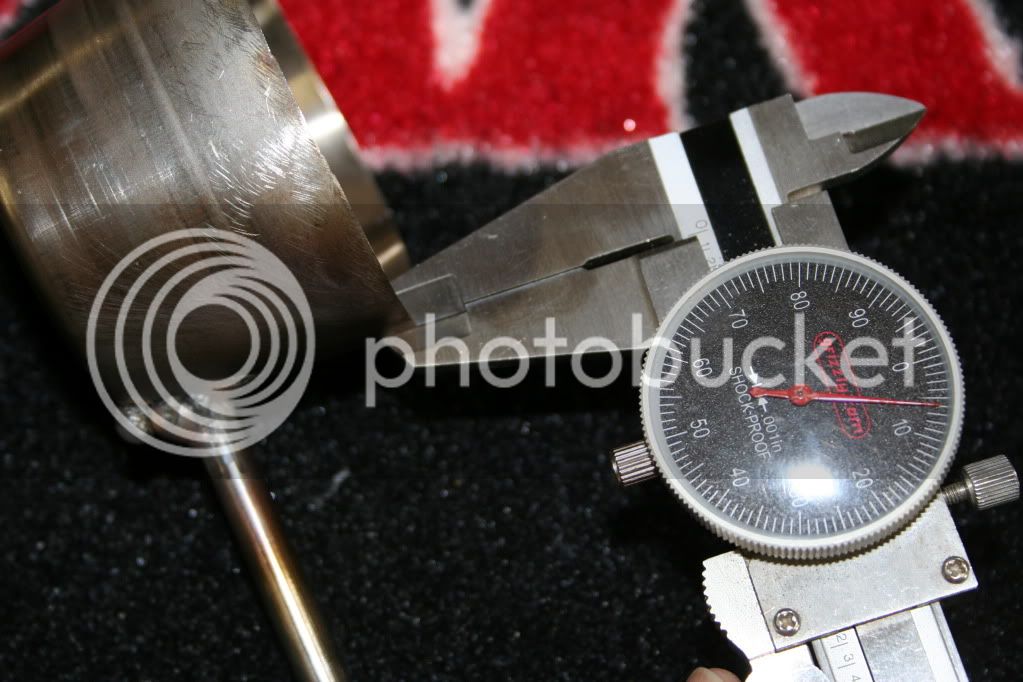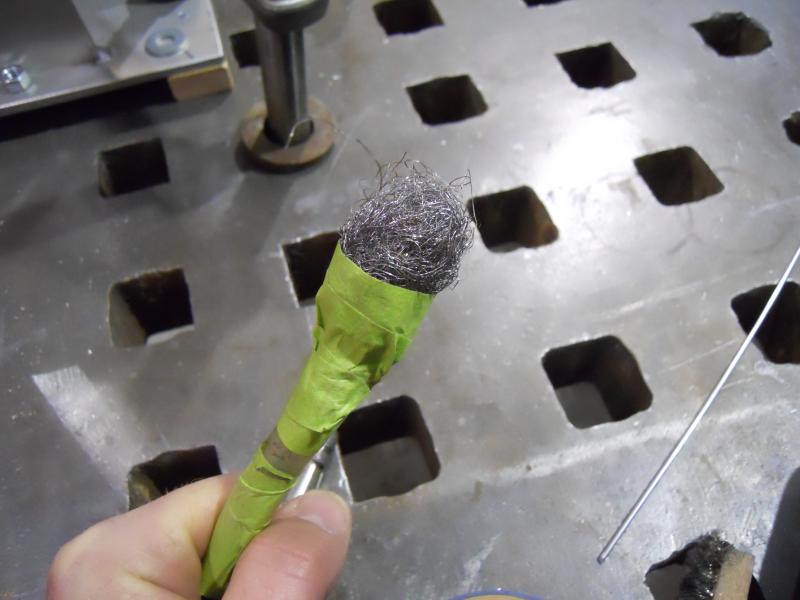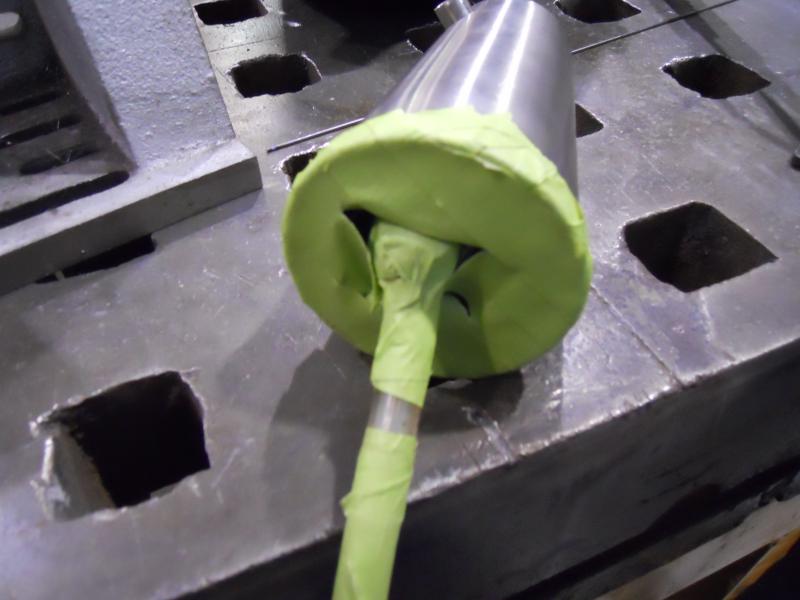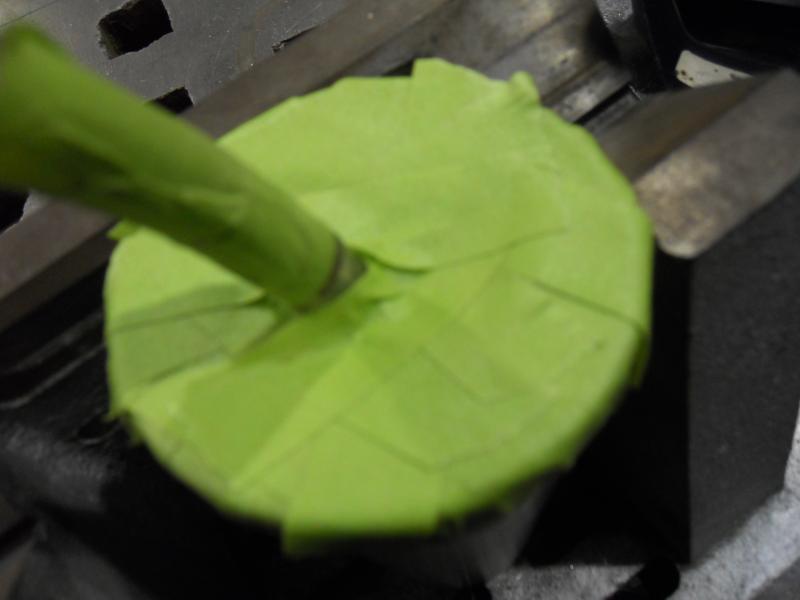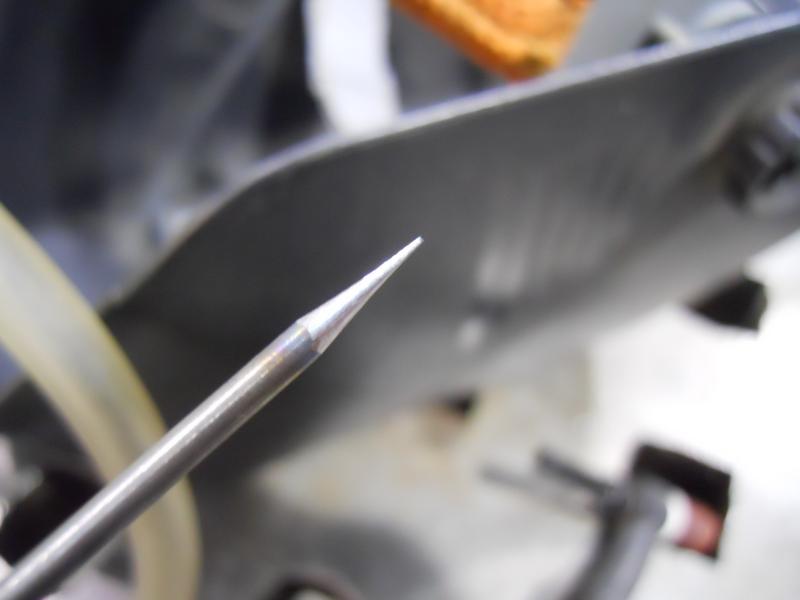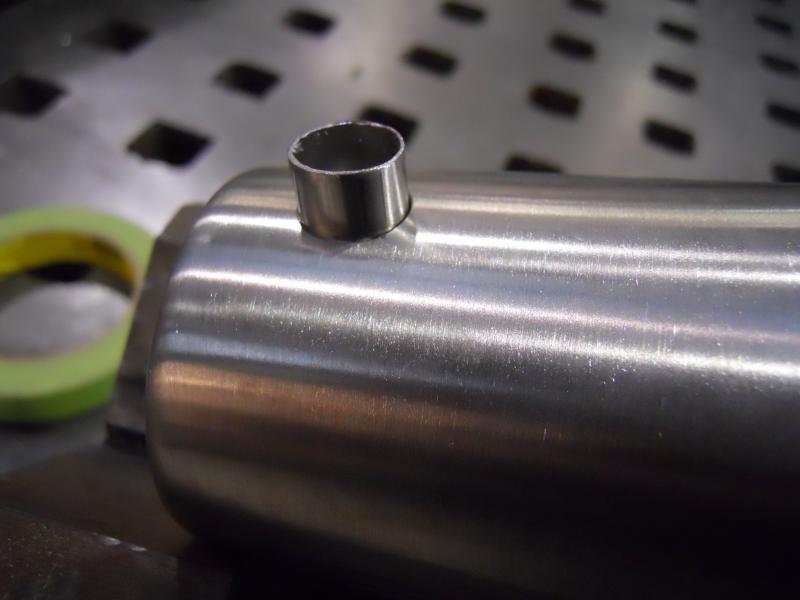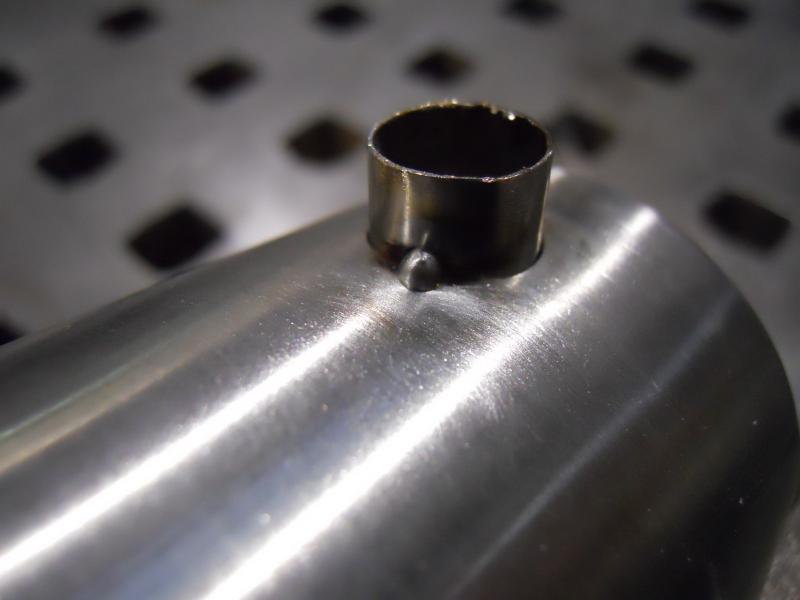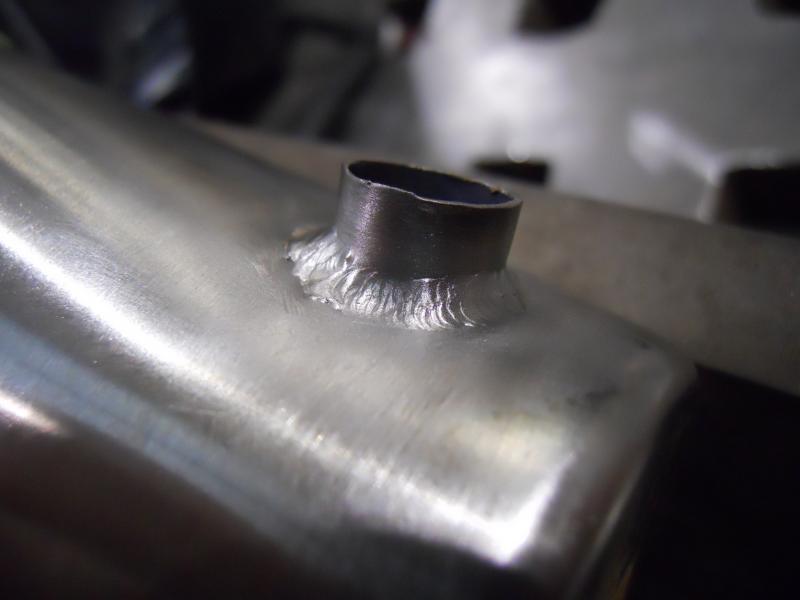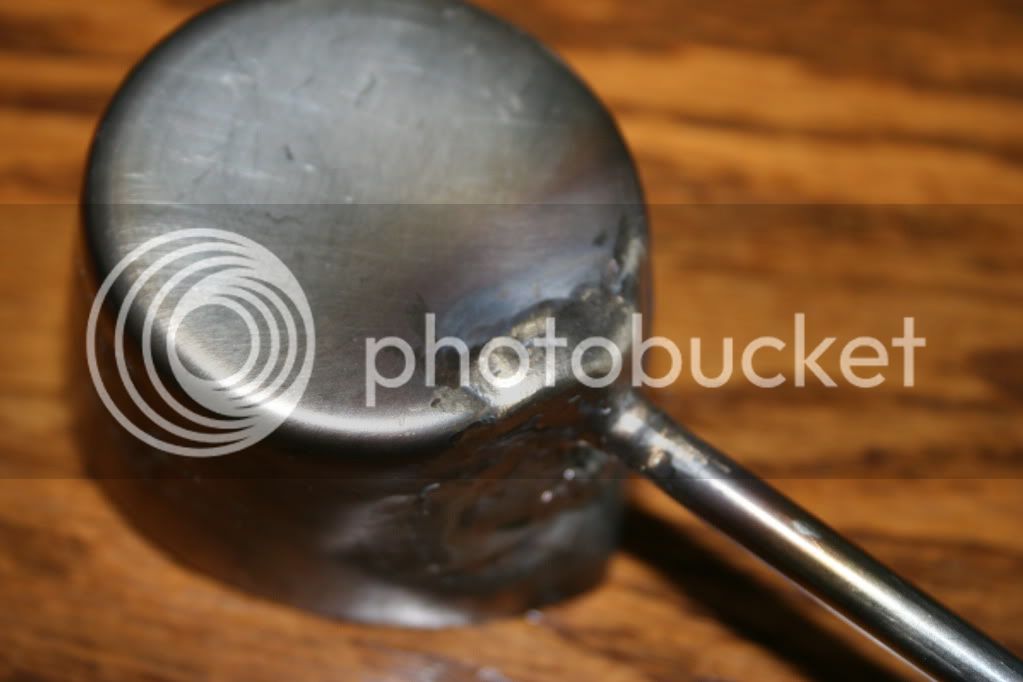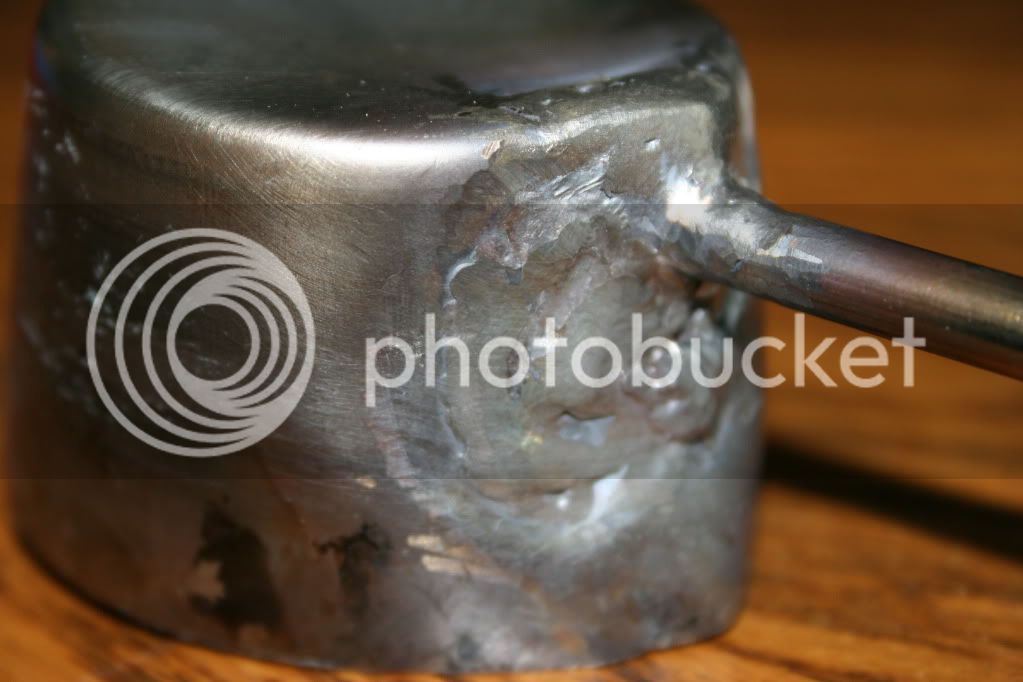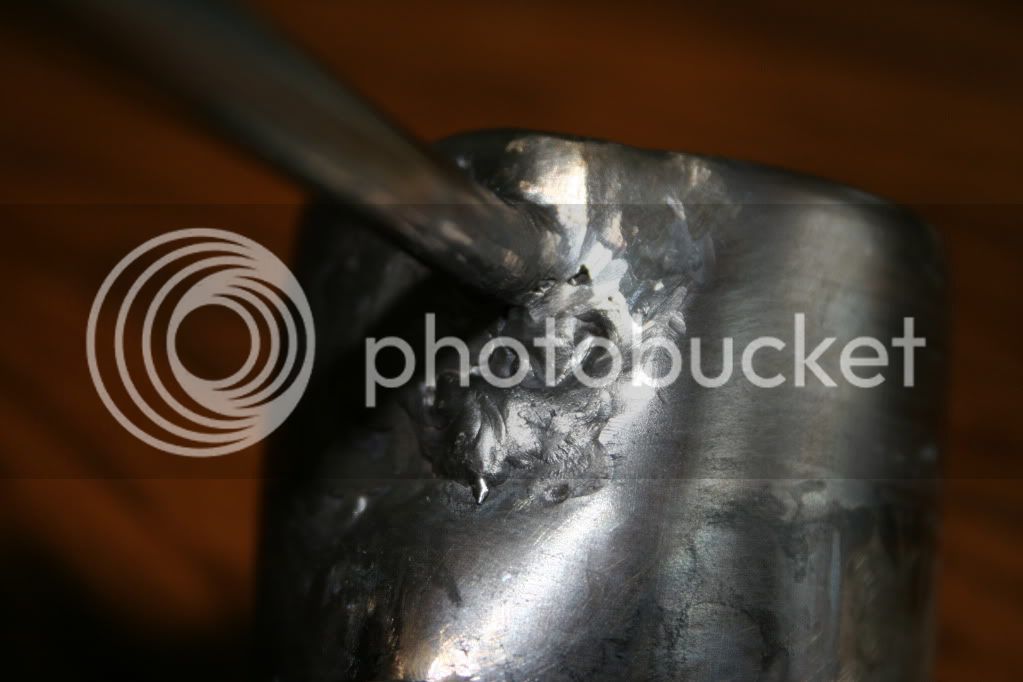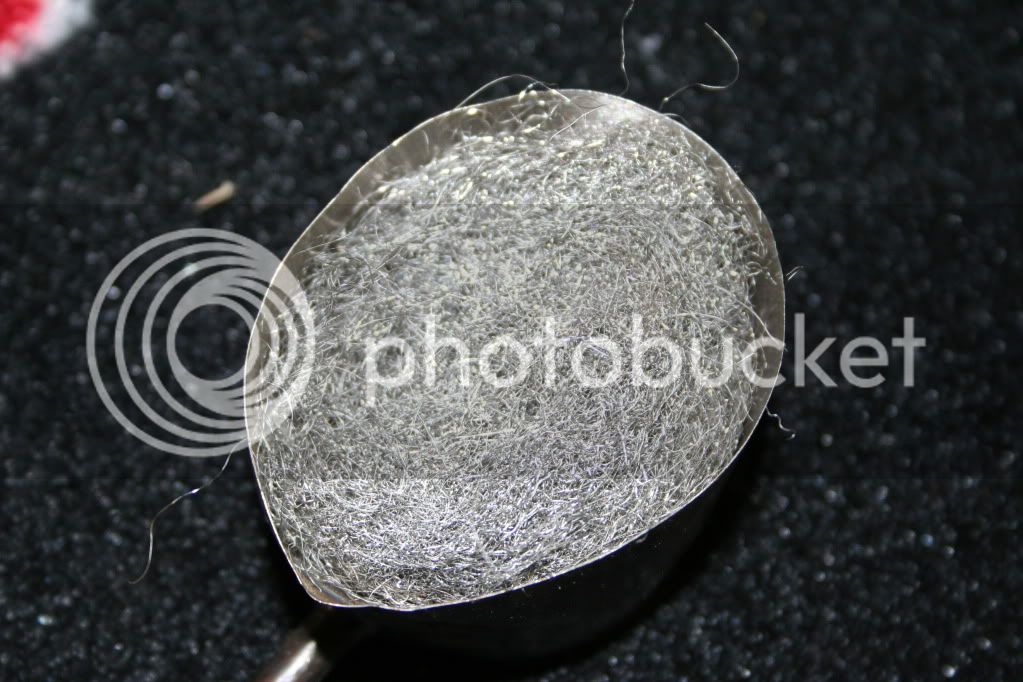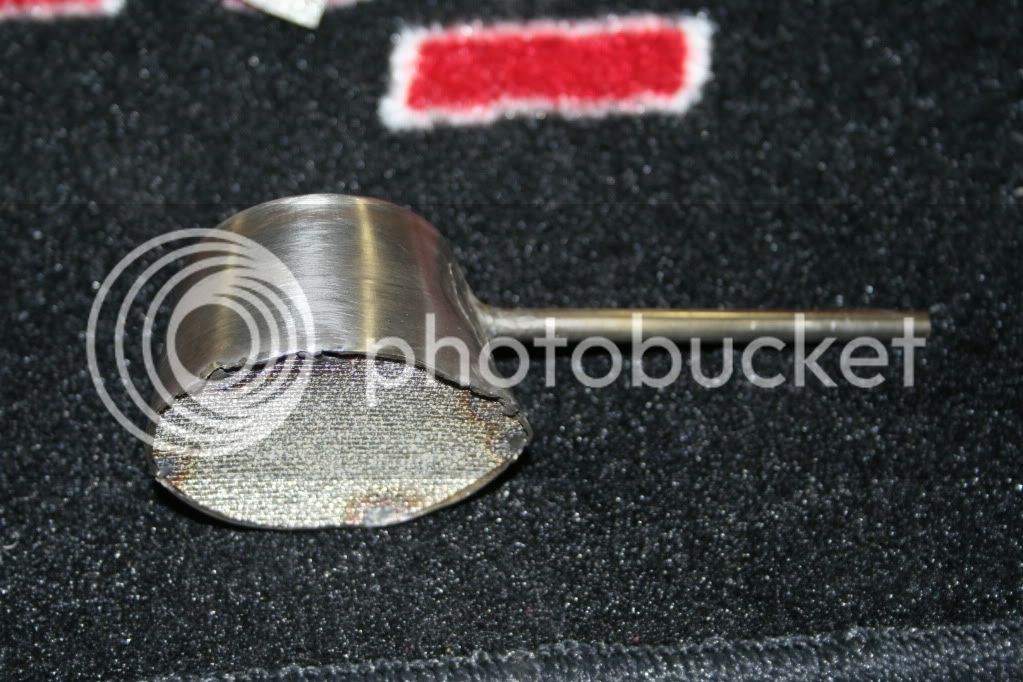- Joined
- Nov 18, 2008
- Messages
- 2,058
- Reaction score
- 25
I have already kind of gotten into the habit of touching the pedal before I start welding, just to hear to gas hiss to make sure it's on. I forgot to turn the valve on and melted a tungsten... now I have the new routine.
BrewBeemer - I didn't really think about turning the purge on and off until I started putting the stuff together. The idea of having it "connected" to the timing of the torch would be very sweet. When I waste the first bottle from my stupidity of forgetting to turn off the purge, I'll be exploring this further.
Ed
BrewBeemer - I didn't really think about turning the purge on and off until I started putting the stuff together. The idea of having it "connected" to the timing of the torch would be very sweet. When I waste the first bottle from my stupidity of forgetting to turn off the purge, I'll be exploring this further.
Ed



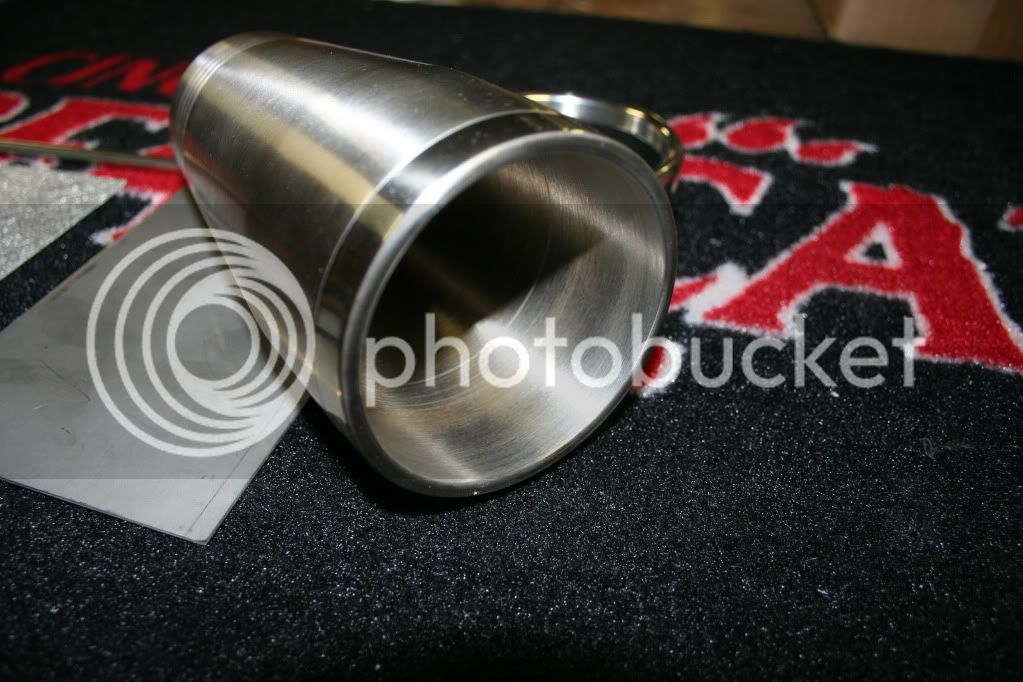
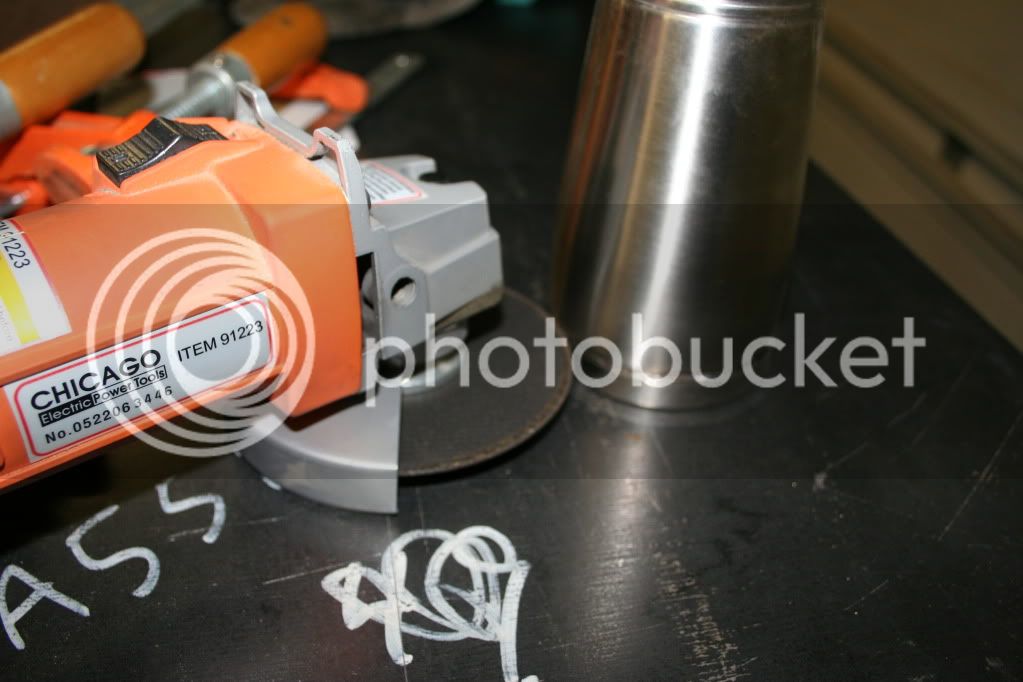
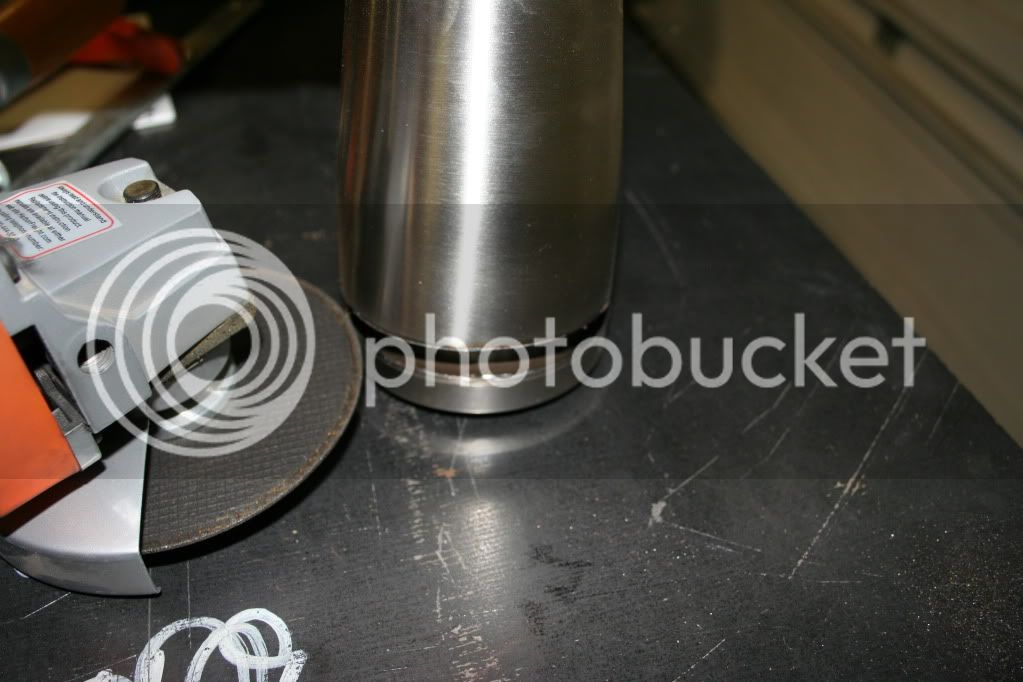
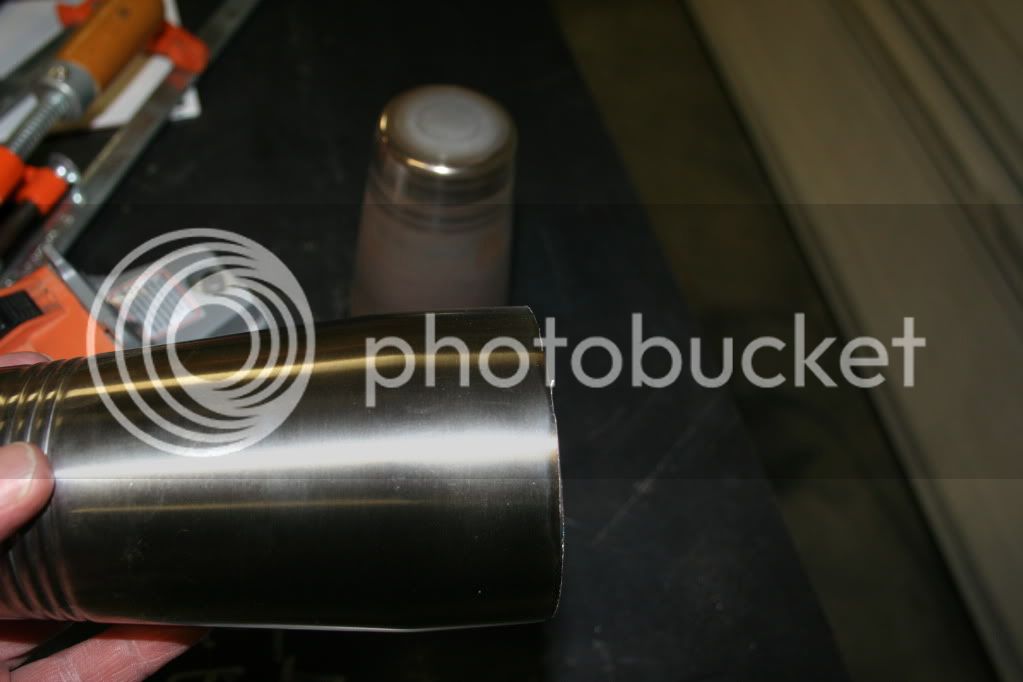



















































![Craft A Brew - Safale BE-256 Yeast - Fermentis - Belgian Ale Dry Yeast - For Belgian & Strong Ales - Ingredients for Home Brewing - Beer Making Supplies - [3 Pack]](https://m.media-amazon.com/images/I/51bcKEwQmWL._SL500_.jpg)



